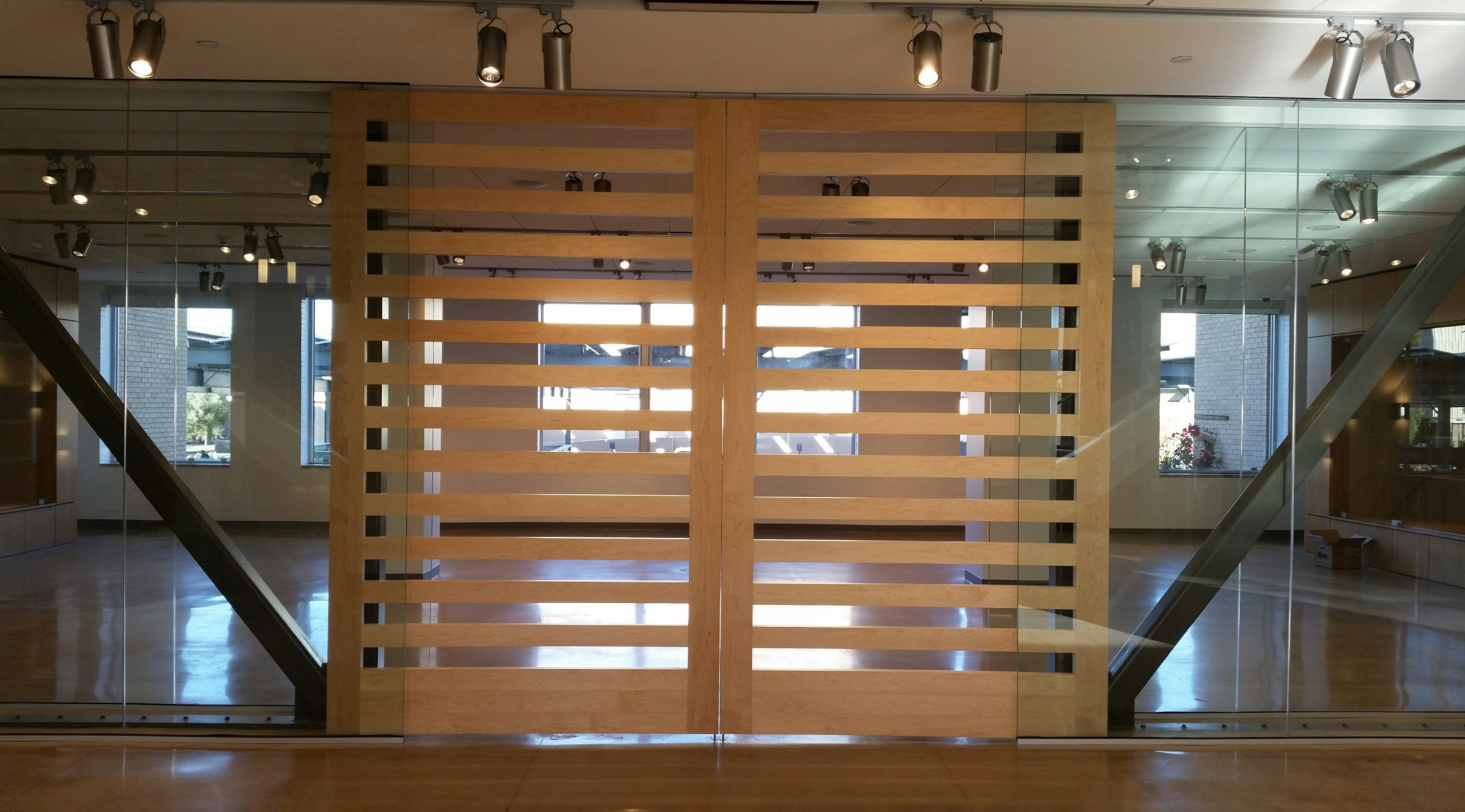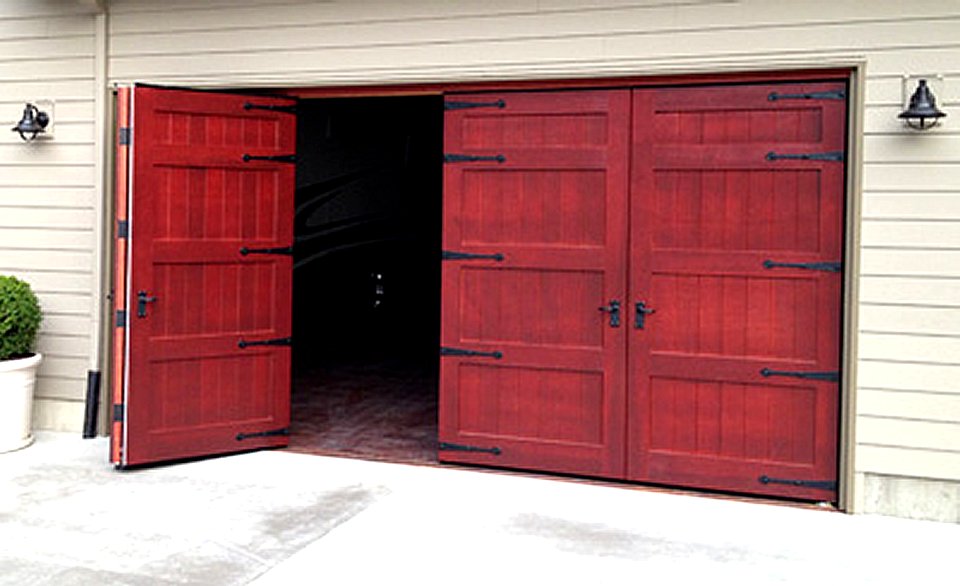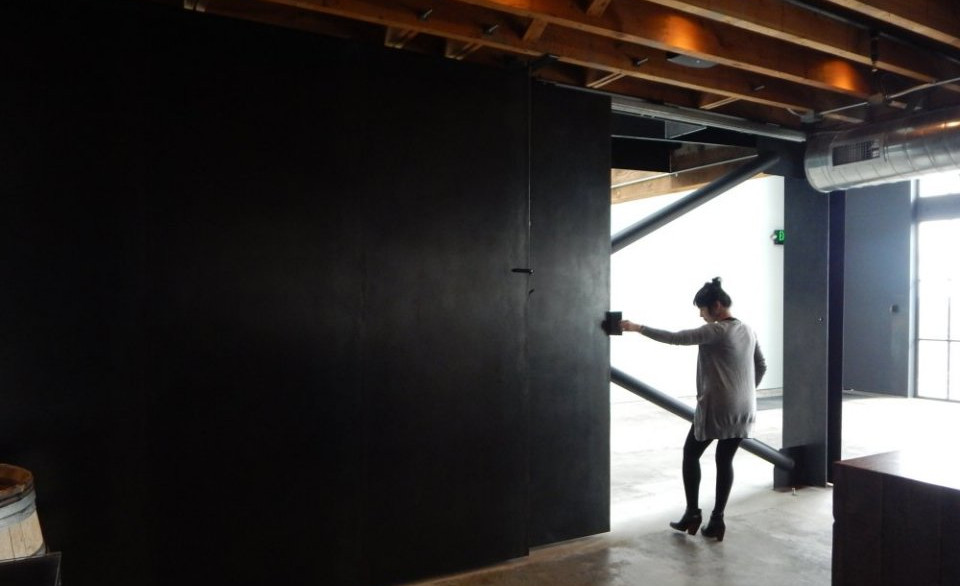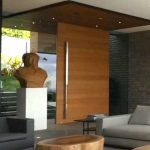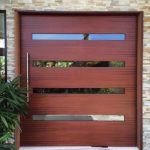Among contemporary architecture and design circles modern house design is a topic of interest which dominates the flavor of everything we do. When unleashing creativity, and expanding design ideas to include uncharted territory and outside the box thinking. The most contemporary architects and designers are finding a unique way to add visual impact to any structure by featuring a large pivot entry door.
Little grabs the attention of anyone approaching a structure as a large pivot front door. As far as commanding the attention of a first-time visitor and leaving a lasting impression, those who have visited a number of modern homes in succession, often remember,
“The one with the big pivot door,”
The longest, and with the most easily recallable features of the remainder of this particular contemporary house, or commercial structure. It’s as if a large pivot door piques the interest and excited the brain’s chemistry while initiating a sense of wonder. Yes, and all of this from featuring a large pivot door as the initial point of egress.
What kind of large pivot door?
That’s where the most creative architects and designers let their creative juices flow like a river. Even if you’re starting with a simple house design, you can supercharge an otherwise ordinary structure and turn it into a modern architecture masterpiece by featuring a large pivot door, and you do not have to be limited in scope in the size or materials used thanks to the latest technologies in contemporary architecture pivot door core materials.
One such development in pivot door core materials is referred to as Sing Core by the inventor, Peter Sing, who has developed an Eco-friendly lightweight, yet high strength pivot door core material that enables architects and designers to envision pivot doors or immense size made of any available flat building material that can be guaranteed to be high performance and maintain warp-free performance for 50 years, including a full structure warranty.
Now the most innovative leading edge architects and designers are not limited in the materials used for their large pivoting front doors. You can design a full length, floor to ceiling, pivot front door featuring any available natural wood species, any metal surface, such as aluminum, brass, iron, cold rolled steel, hot rolled steel, galvanized steel, diamond plate, or stainless steel, or other materials including, but not limited to, concrete, fiberglass, FRP, glass (opaque), HPL, Kevlar, LVL, MDF, or even reclaimed materials for that extra something special, just to name a few of the possibilities.
- Modern house design dith large pivot door. Pivot door is lightweight, high strength, and has a 50 year warp free guarantee.
Is there a limit to the pivot front door size?
Surprisingly, thanks to Sing’s core, there is virtually no limit to the size of the pivot door one can make. You could make a 20 ft. tall 12 ft. wide pivot door 8 inches thick made of a naturally beautiful wood grain fiber and still have it be lightweight and enjoy warp-free performance over time, if the door was built with Sing Core inside.
Your large pivot door need not be limited by size even if it appears to be too large to transport or install. Sing’s team at the Sing Core factory has a guaranteed solution for that, too. If the pivot door is too large to ship or handle on the job site, this does not present a problem for Sing’s engineers.
Sing’s patented and patent pending technologies allow for near-seamless incredibly large oversized pivot doors to be shipped in modular pieces which are assembled on the job site and still warranted to be perfectly straight, flat and guaranteed for 50 years.
How is it possible?
Even though Sing’s invention challenges the laws of physics as we know them, the secret of Sing’s core is in the composite structure itself which is a structural modified torsion box composite reinforced with rigid insulation, to create a solid composite core which is lightweight (a fraction of other solid structural cores), high strength (independently tested at 660+ PSI), and high precision (+/- .006 in. tolerance).
The results achieved by Sing’s true flat engineers boggles the mind and allows architects and designers to go places no traditional architects and designers dared go due to weight and structural integrity challenges which were problematic and presented challenges which were difficult to overcome.
For more information, see: www.singcore.com
- Modern house design dith large pivot door. Pivot door is lightweight, high strength, and has a 50 year warp free guarantee.
- modern house design weatherproof large exterior pivot door insulated 50 yr warp free guarantee
